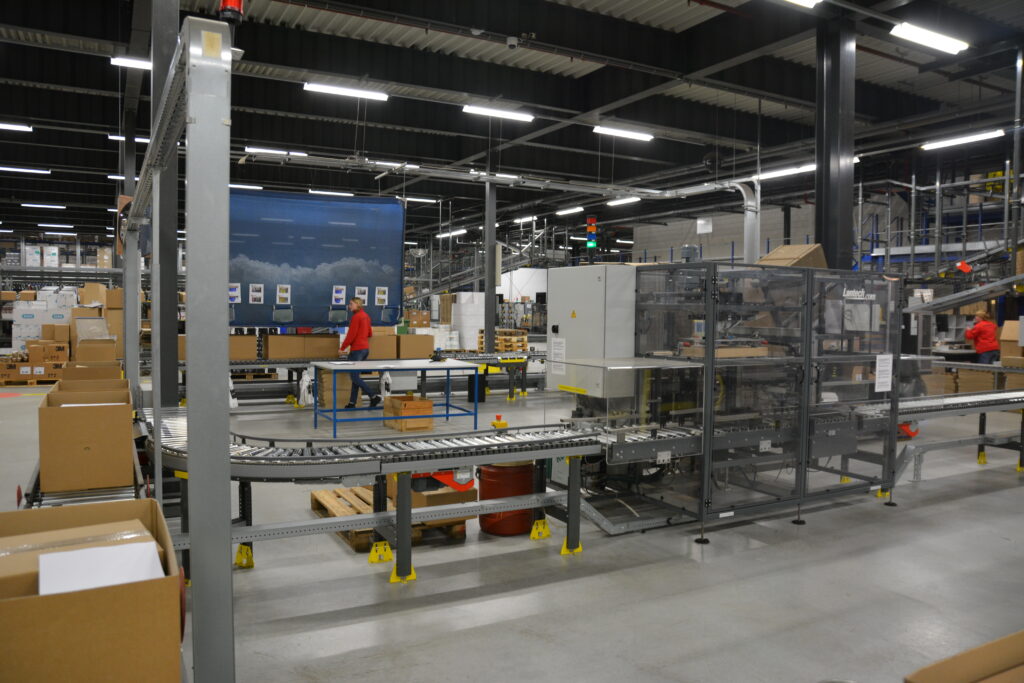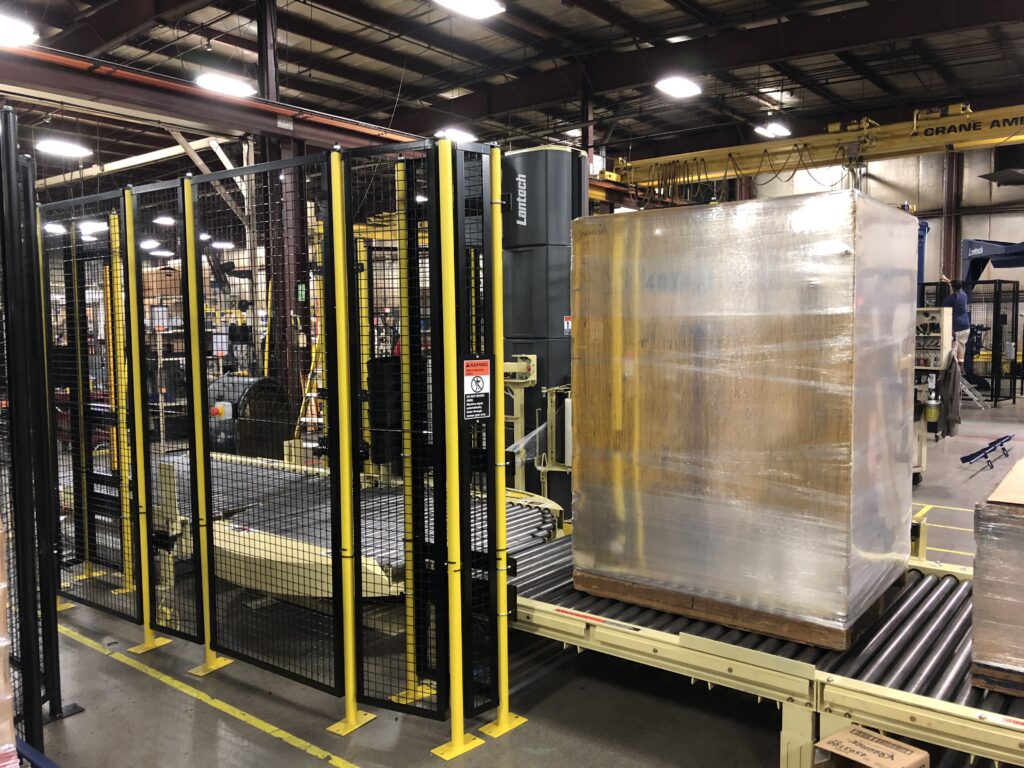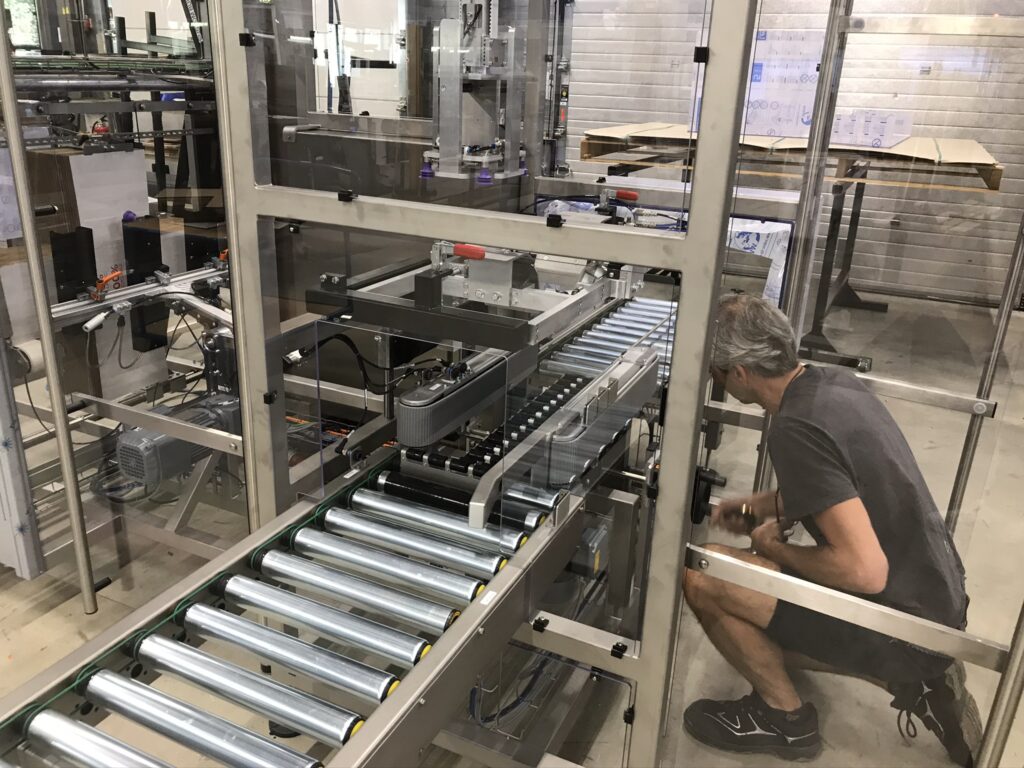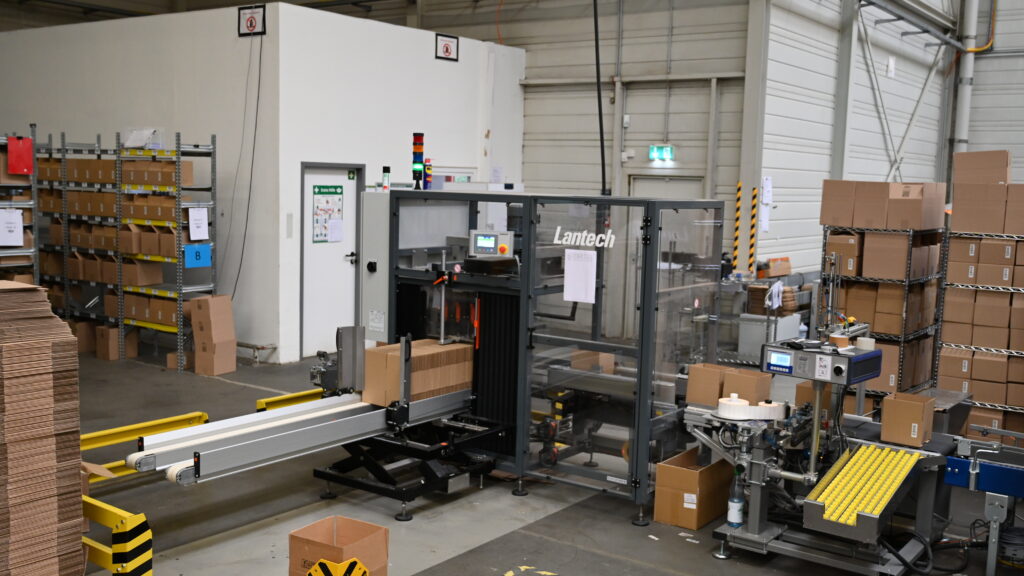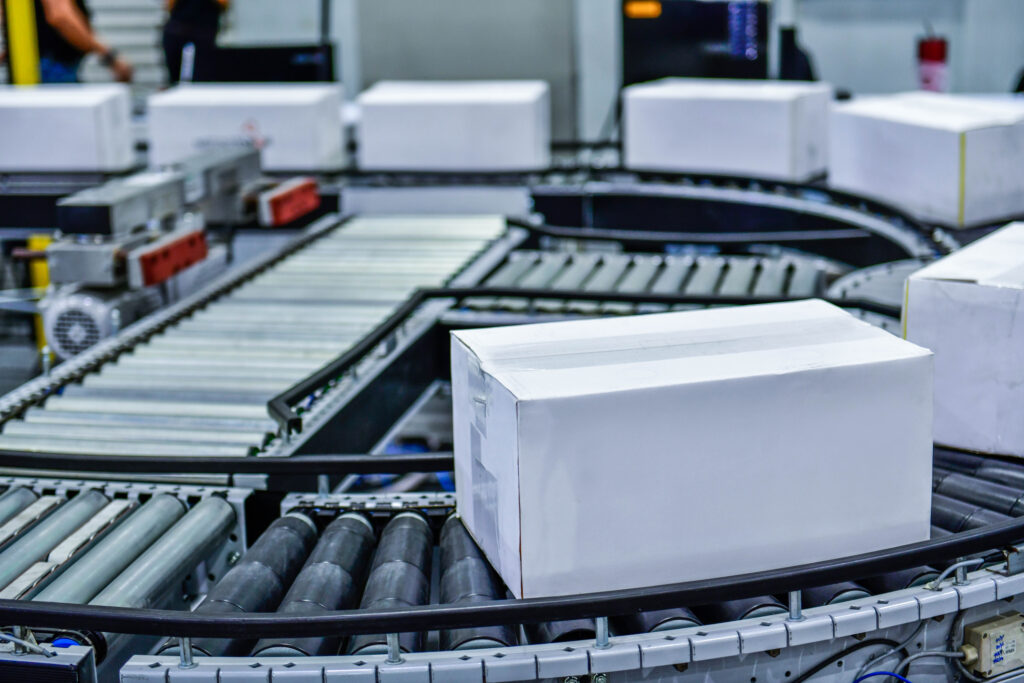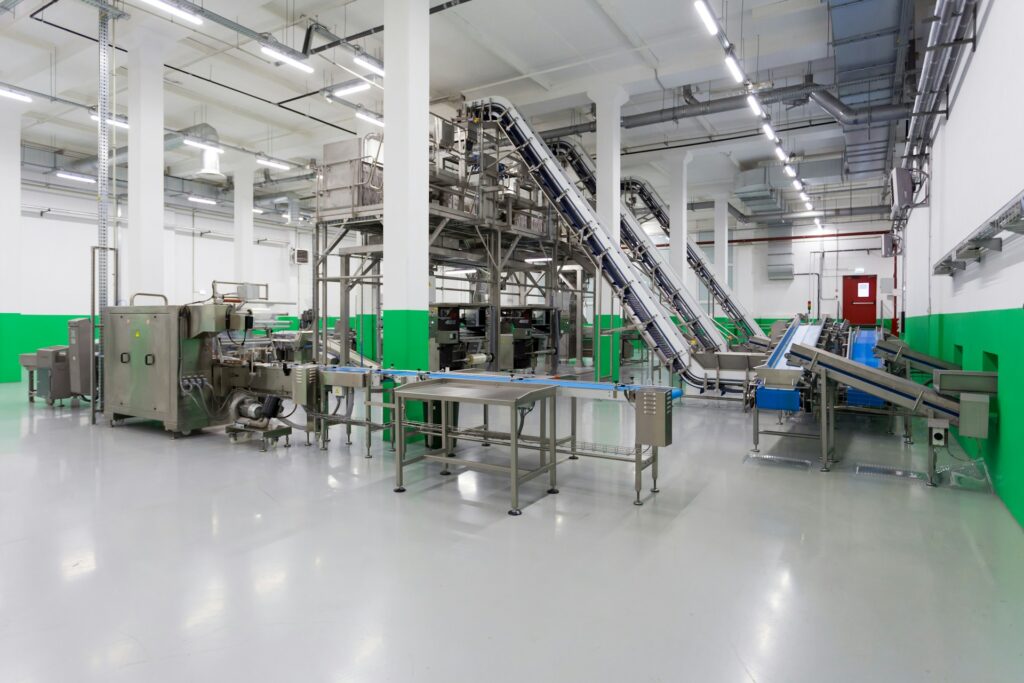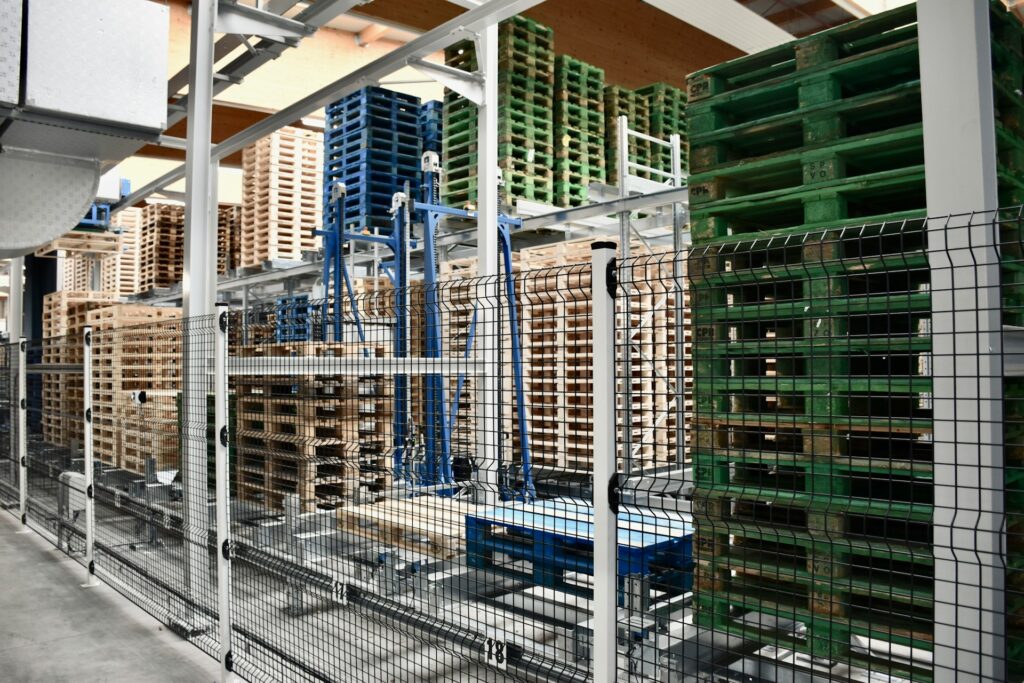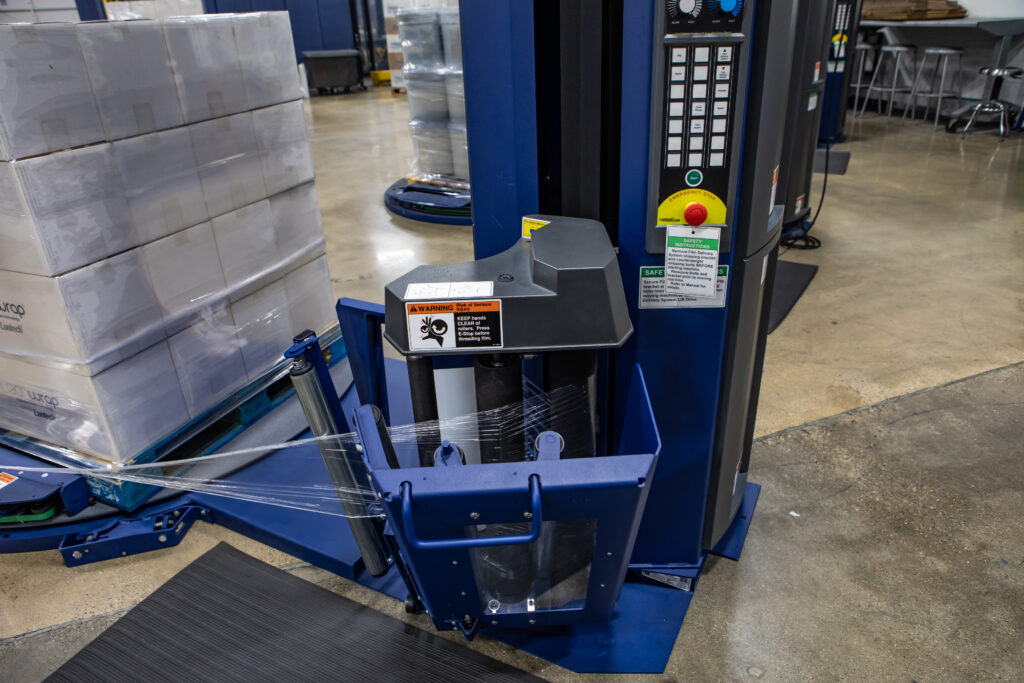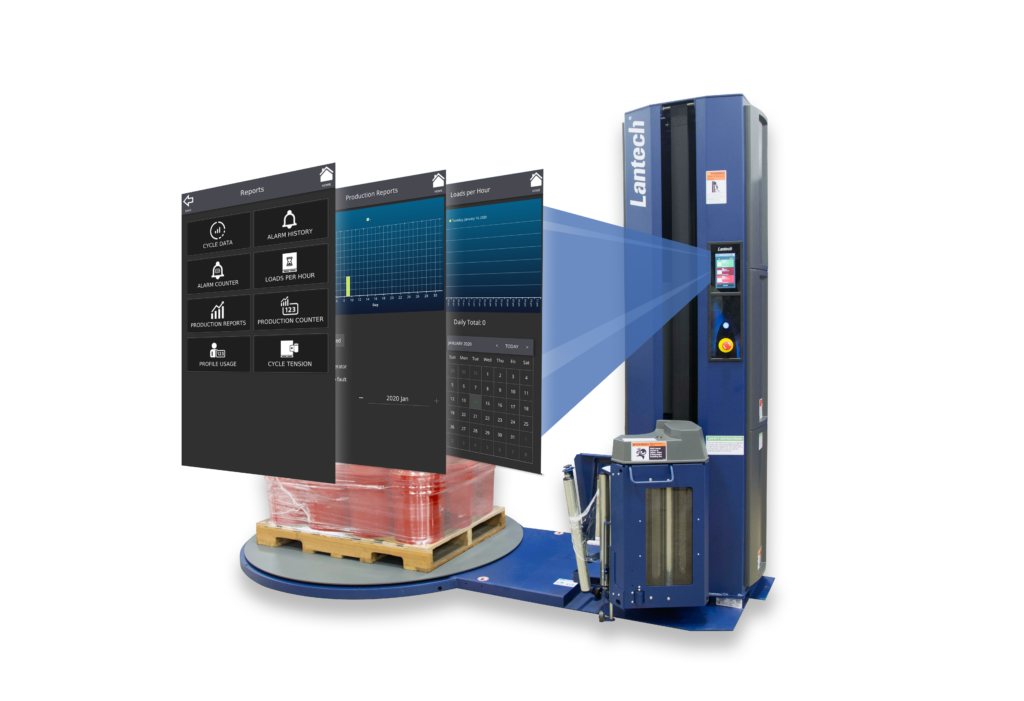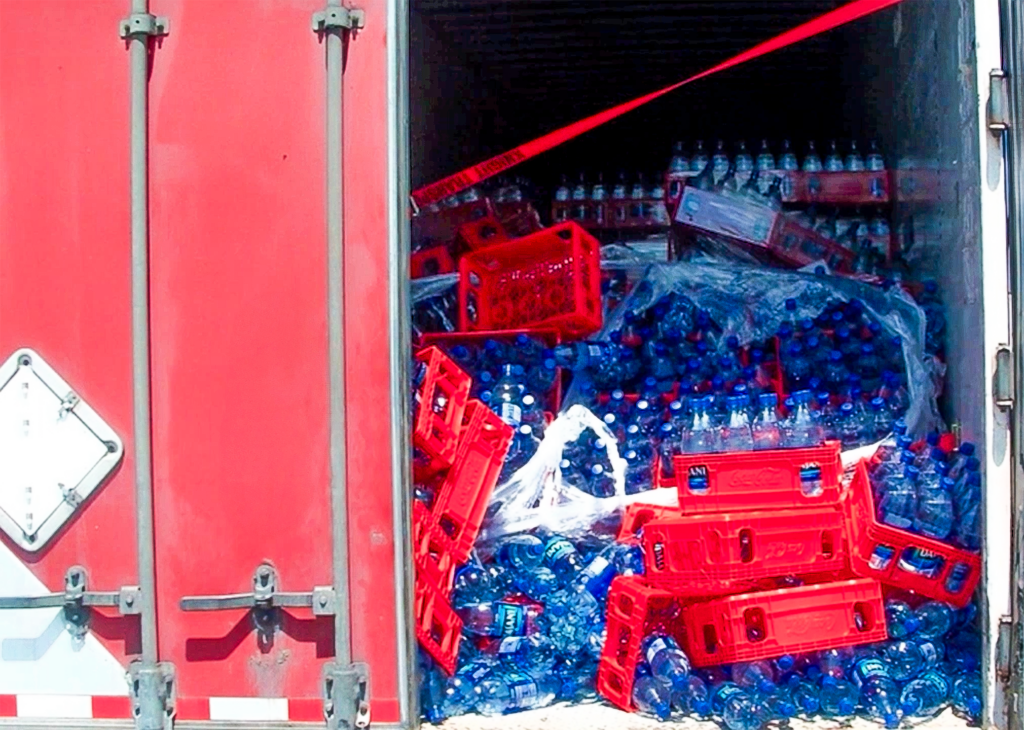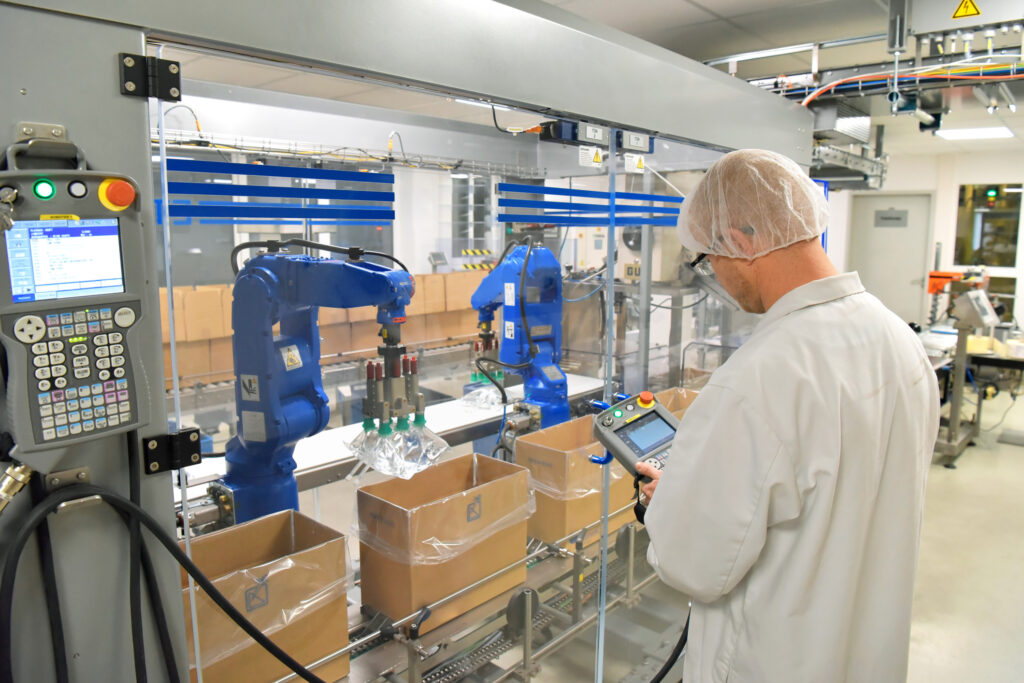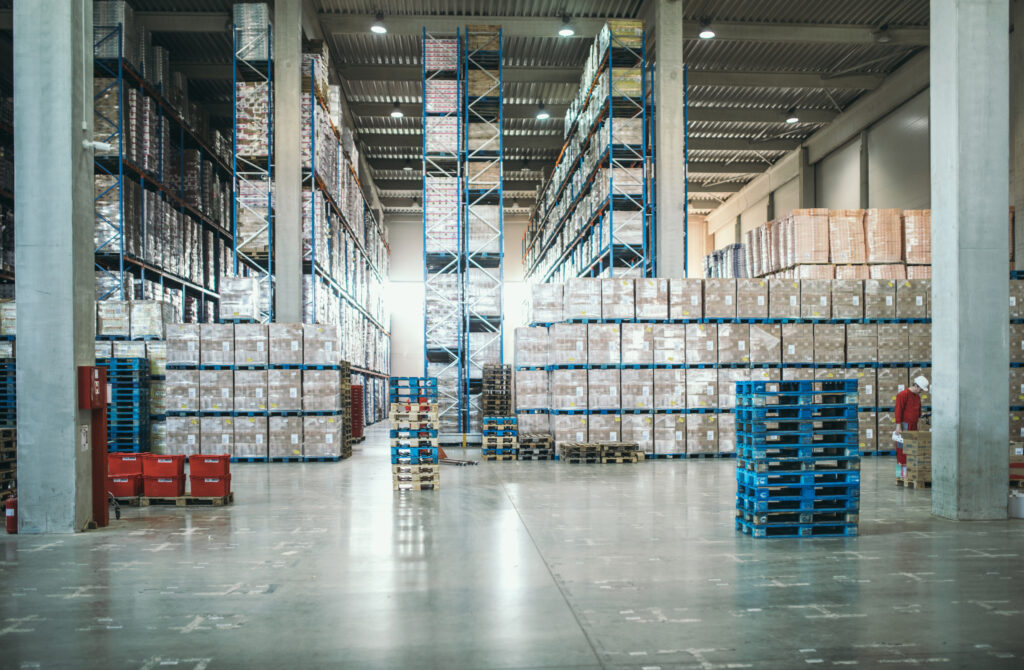At first glance, a stretch wrapping machine may seem like a luxury purchase, and some may see it as a “want” rather than a “need.” Those who see it as unnecessary are probably not the ones spending their day hand wrapping. What they don’t understand is that a stretch wrapping machine can potentially pay for itself in several ways.
Labor
Automating routine tasks frees up valuable time, allowing people to perform other jobs that require critical thinking. And adding productivity features, such as automatically attaching and cutting the film, allows you to configure a machine to your desired level of automation.

Film
Modern film delivery systems provide different levels of pre-stretch. Pre-stretch multiplies the yield of each roll which could save you money on consumables. For example, 200 percent pre-stretch will turn 6,000 ft. of film into 18,000 ft.

Damage
The cost of damage is hidden, because it’s a topic most of us want to avoid. The fact of the matter is damage happens and its repercussions are too big for anyone to ignore.
In 2008 the Grocery Manufacturers Association (GMA), the Food Marketing Institute (FMI) and Deloitte Consulting published a joint study discovering the underlying causes of unsellable products. According to that survey, .05 percent of products shipped are unsellable due to damage.[1]

If you’re currently hand wrapping 30 loads a day and shipping $1 million of products annually, you could potentially save $41,715 over 5 years just by switching to a machine that cuts film automatically and has 200 percent pre-stretch.
Today’s Semi-Automatic Stretch Wrappers Can Incorporate More than Just Pre-Stretch
Here’s a breakdown of labor saving features that can save you big bucks. Stretch wrappers can…
1. Automatically cut the film at the end of the wrap cycle.
Your operator avoids getting off a forklift or pallet jack to cut the film after each cycle. By eliminating this process alone, you’ll save 30 seconds of labor per load, or about $7,500 over five years.
2. Catch the film at the end of the wrap cycle and start the wrap cycle without dismounting the forklift to attach the film to the load.
You not only eliminate the need to cut the film at the end of the cycle, but you eliminate the need to get off the forklift and press the “start” button on the control panel for every load. Instead, your operator can stay on the forklift, use a remote control to start the machine, perform another task while the load is wrapping, and pick it up when the cycle is complete. We refer to this as Simple Automation- a technology that saves a typical user at least $25,000 over the first five years of ownership.
3. Weigh a load while wrapping it without increasing cycle time.
Some stretch wrappers have scales built into the turntables. When you weigh and wrap at the same time, you can eliminate 30 seconds to 1.5 minutes of double handling loads from a stretch wrapper to a freestanding platform scale. That’s eliminating $7,000 to $15,000 in labor over five years. Also, when you weigh your load every time, you lower the risk of paying expensive less-than-truck-load (LTL) re-weigh fees.
The above features save thousands of labor dollars over the life of the machine and provide outstanding ROIs. Even if they’re used as little as 20 percent of the time in a 40 load/day application, they still make economic sense.

You may be interested in these related posts:
- Should I Buy a Used Stretch Wrap Machine?
- 3 Ways a Stretch Wrapper Improves Productivity
- Film Cable vs. Film Rope – Load Securing with a Stretch Wrapper
*Based on 30 seconds of labor per load to move a load from a stretch wrapper to a platform scale.
*Based on $14/hr labor rate. 250 working days/year.
[1] www.gmaonline.org
This post was published on January 12, 2017 and updated on February 14, 2019.
January 12, 2017


